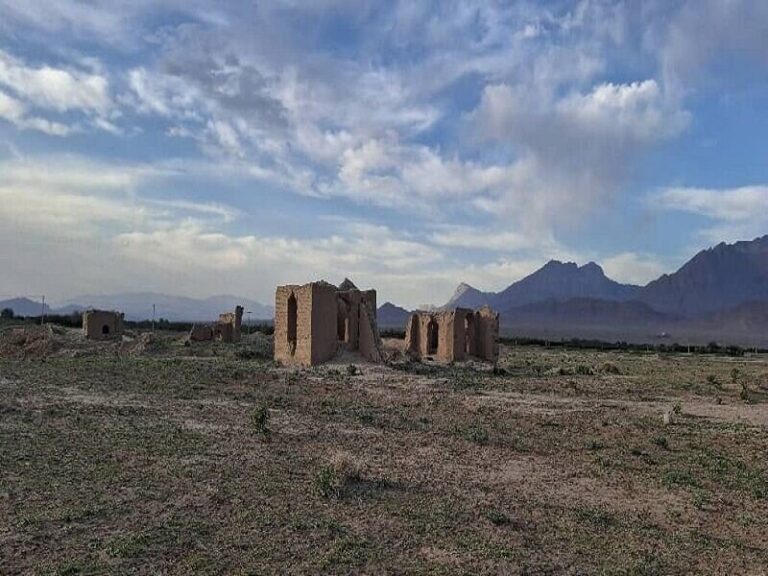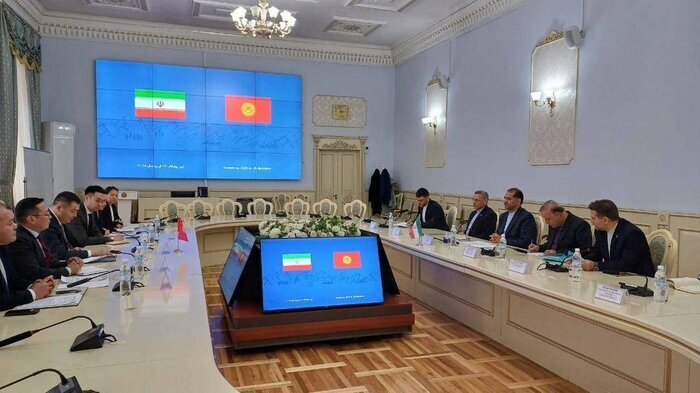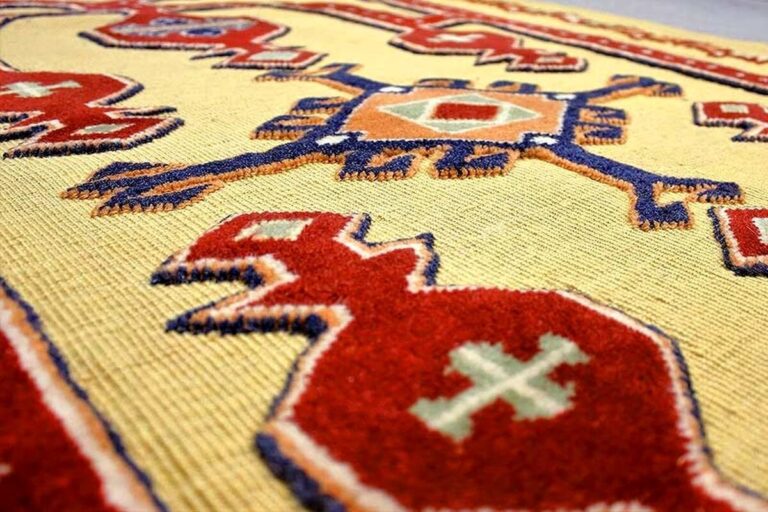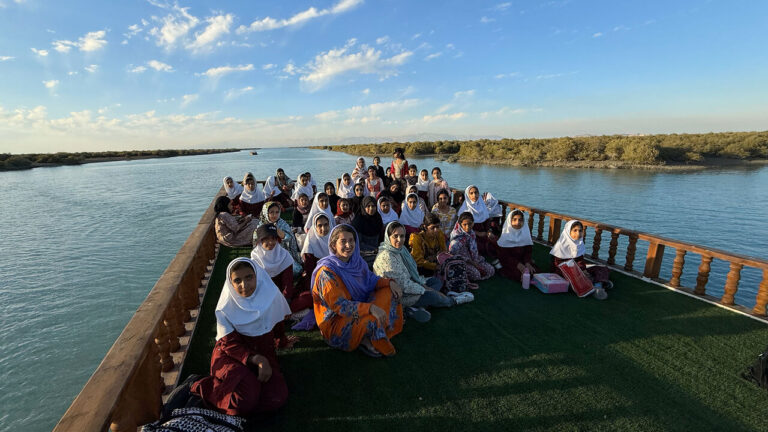
Similar Posts

Groundbreaking Archaeological Survey Uncovers Paleolithic Human Evidence in Kerman Plain!
An archaeological team in Kerman, southern Iran, led by Amin Mahani, has uncovered evidence of continuous human habitation from the Paleolithic period to the present day in the Mahan district. The project, organized by the Research Institute of Cultural Heritage and Tourism, aims to document ancient sites and settlement patterns influenced by water resources like qanats. Key findings include evidence of early human activity, Chalcolithic metallurgical practices, advanced water management structures, nomadic encampments, and unique rock-cut dwellings. These discoveries reveal the area’s rich history and its significance as a cultural crossroads, emphasizing the importance of preserving this heritage for future studies.

Iran Seeks to Boost Tourism Collaboration with Kyrgyzstan: A New Era of Travel Partnership
Ali Najafi, Iran’s Deputy First Vice-President for International Affairs, visited Bishkek to strengthen tourism ties with Kyrgyzstan. His meetings with key officials, including Foreign Minister Jeenbek Kulubaev, focused on enhancing bilateral relations through tourism collaboration. Key points discussed included promoting tourist exchanges, cultural interactions, and ongoing high-level dialogues. Najafi emphasized the potential for increased trade and job creation through a robust tourism sector, especially after Iran’s observer status in the Eurasian Economic Union. Future prospects include joint tourism campaigns, infrastructure development, and easier visa arrangements, which could significantly benefit both nations and foster cultural understanding.

Ilam’s Embossed Kilim: A Rising Star Set to Conquer the Global Market!
Ilam’s Cultural Heritage Director, Farzad Sharifi, aims to elevate the region’s embossed kilim to international prominence, showcasing its rich cultural heritage. Over 3,000 square meters of these unique kilims are produced annually by local artisans, contributing to their recognition on the National Heritage List. Efforts to promote the kilim include participation in domestic and international markets, highlighting its appeal among Arbaeen pilgrims and during Nowruz. The innovative weaving technique combines traditional methods with modern motifs, creating a three-dimensional effect. Sharifi’s initiatives, supported by the municipality, aim to globalize this unique craft and celebrate Ilam’s artisanal legacy.

Boosting Tourism: Iran and Pakistan Set to Draft MoU for Collaboration
Iran and Pakistan are enhancing their tourism collaboration by drafting a memorandum of understanding (MoU) to promote cultural and recreational exchanges. Announced by Iran’s Minister of Cultural Heritage, Seyyed Reza Salehi-Amiri, during a meeting with Pakistan’s Special Assistant on National Heritage, Huzaifa Rehman, this initiative aims to leverage their deep-rooted cultural ties. Iran has improved border facilities for Pakistani pilgrims and emphasized the potential for diverse tourism opportunities. Both nations are committed to creating joint tourism events and marketing strategies, paving the way for increased economic activity and cultural exchange while enhancing the travel experience for tourists.

Embracing Digital Diplomacy: A Game-Changer for Modern Diplomats and Ambassadors
In the evolving landscape of global tourism, soft power has become vital for attracting travelers. Tourism researcher Mohsen Sohani recently discussed the role of public diplomacy in an interview, emphasizing the importance of cultural engagement through social media. He pointed out how foreign ambassadors in Iran, like South Korea’s Kim Jun-pyo, engage with local traditions to foster connections. While many countries leverage social media for impactful narratives, Iranian diplomats have yet to embrace this approach, often relying on outdated methods. To enhance Iran’s global image and tourism appeal, a shift towards innovative public diplomacy is essential, utilizing digital platforms to build cultural bridges.
